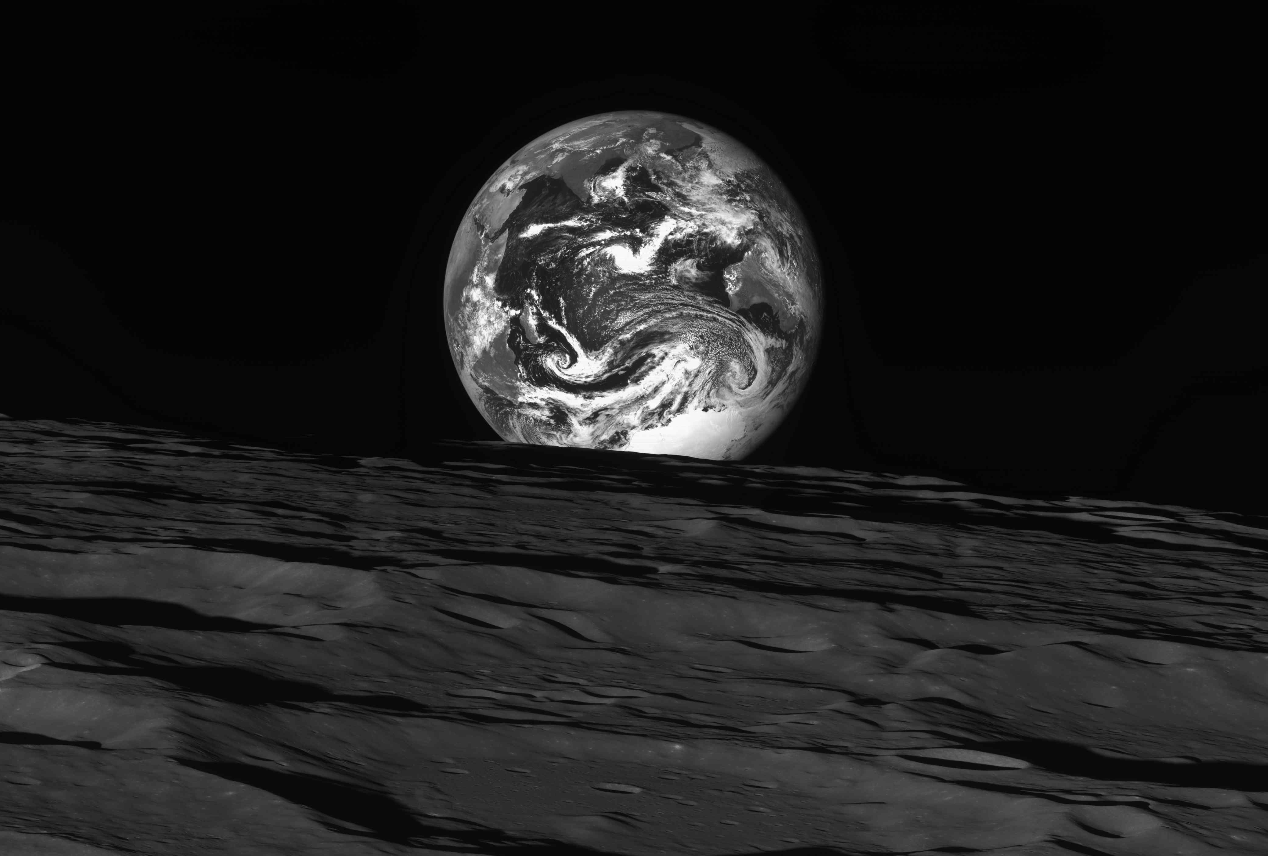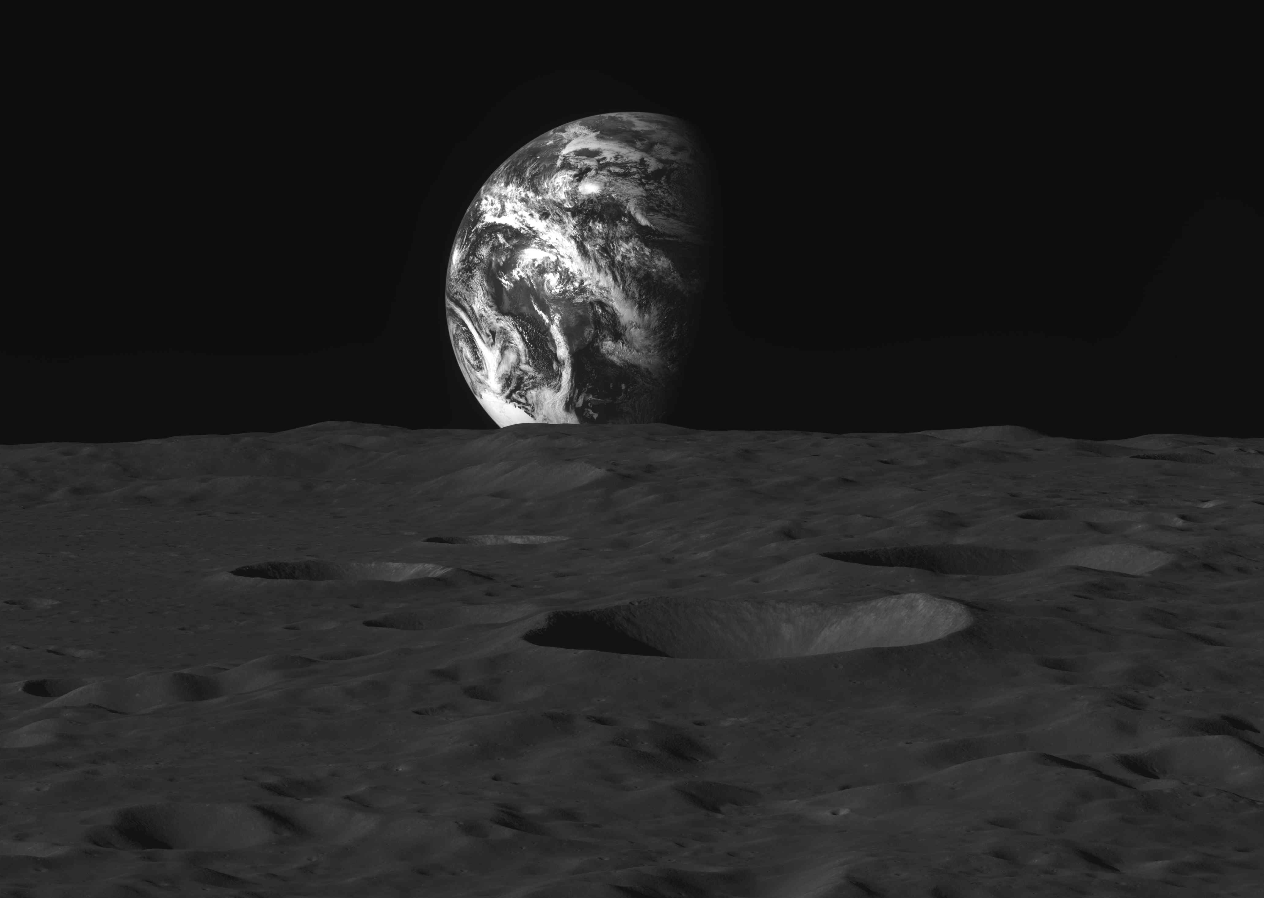Korean spacecraft sends back jaw-dropping images of the Earth and Moon
‘Danuri’ hopes to examine the Moon – and help country land on it

Your support helps us to tell the story
From reproductive rights to climate change to Big Tech, The Independent is on the ground when the story is developing. Whether it's investigating the financials of Elon Musk's pro-Trump PAC or producing our latest documentary, 'The A Word', which shines a light on the American women fighting for reproductive rights, we know how important it is to parse out the facts from the messaging.
At such a critical moment in US history, we need reporters on the ground. Your donation allows us to keep sending journalists to speak to both sides of the story.
The Independent is trusted by Americans across the entire political spectrum. And unlike many other quality news outlets, we choose not to lock Americans out of our reporting and analysis with paywalls. We believe quality journalism should be available to everyone, paid for by those who can afford it.
Your support makes all the difference.Danuri, South Korea’s first ever spacecraft to orbit the Moon, has sent back stunning images of the lunar surface and the Earth beyond.
The spacecraft – which has the official name of Korea Pathfinder Lunar Orbiter, but is better known as Danuri – left Earth on board a SpaceX rocket in August. It has been travelling towards the Moon ever since.
Last month, it arrived in lunar orbit. Since then it has been moving closer to the Moon’s surface, with the aim of gathering information about it.
That scientific mission will start next month. But new images show the Earth rising out over the top of the Moon, in a perspective of our planet that is rarely seen.

The precise detail of the camera on board the lunar orbiter means that it is possible to see the craters on the lunar surface from close-up, as well as the vast size of Earth in the background.
The images are a test of the lunar orbiter, which itself is a major test of South Korea’s plans to explore space.
Such images of the Moon will allow scientists to find a landing location for future exploration of the Moon’s surface by a follow-up mission that South Korea hopes will include a lunar lander.
The spacecraft will also be testing a range of other technologies, including a “space internet” system that allows for broadcast between different planets. Danuri has been beaming back images using that system, in the hope that it proves reliable enough for future missions.
It features a range of different science instruments, both for taking images of the Moon as well as examining it in other ways, such as its magnetic field.
Join our commenting forum
Join thought-provoking conversations, follow other Independent readers and see their replies
0Comments